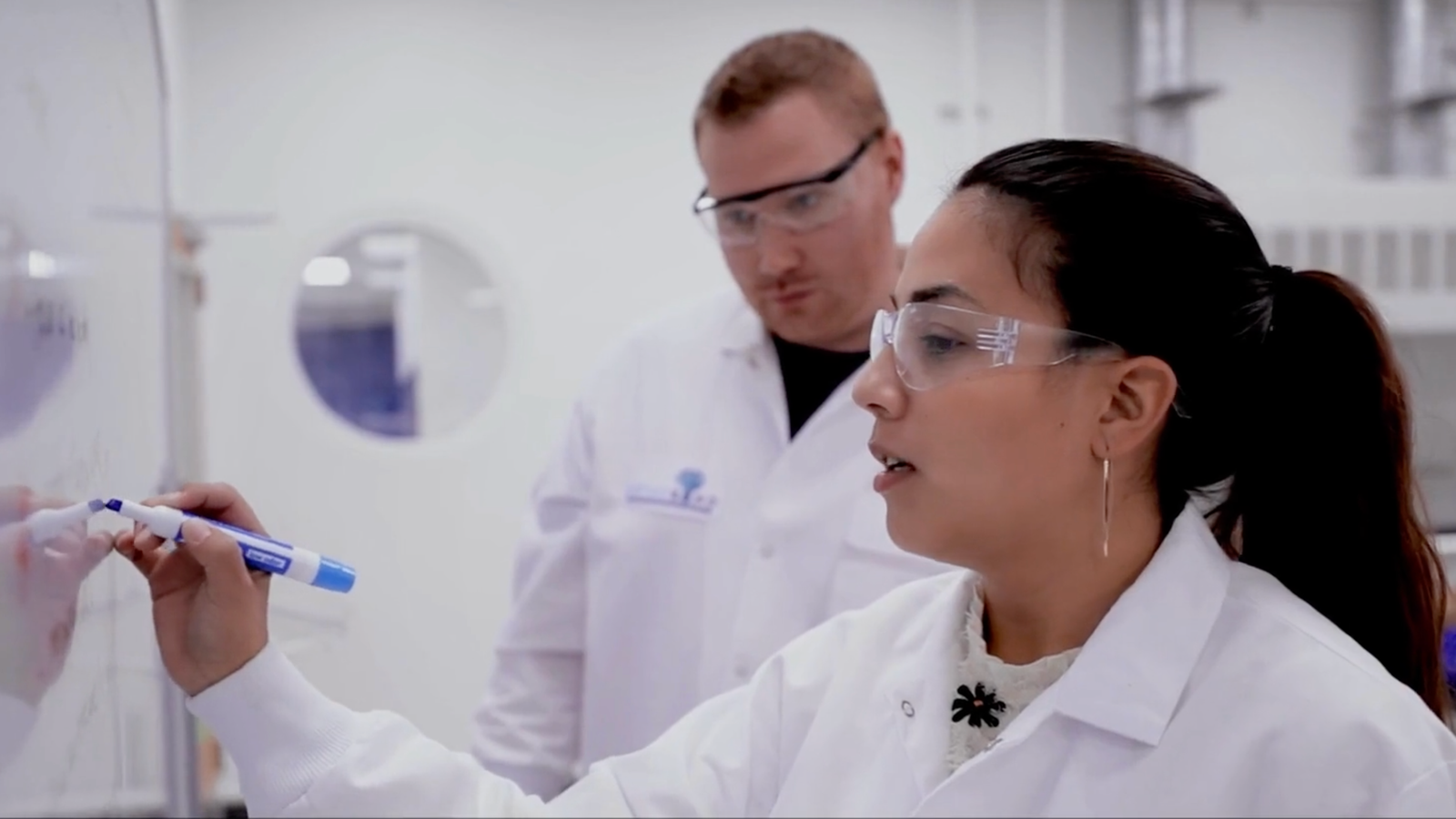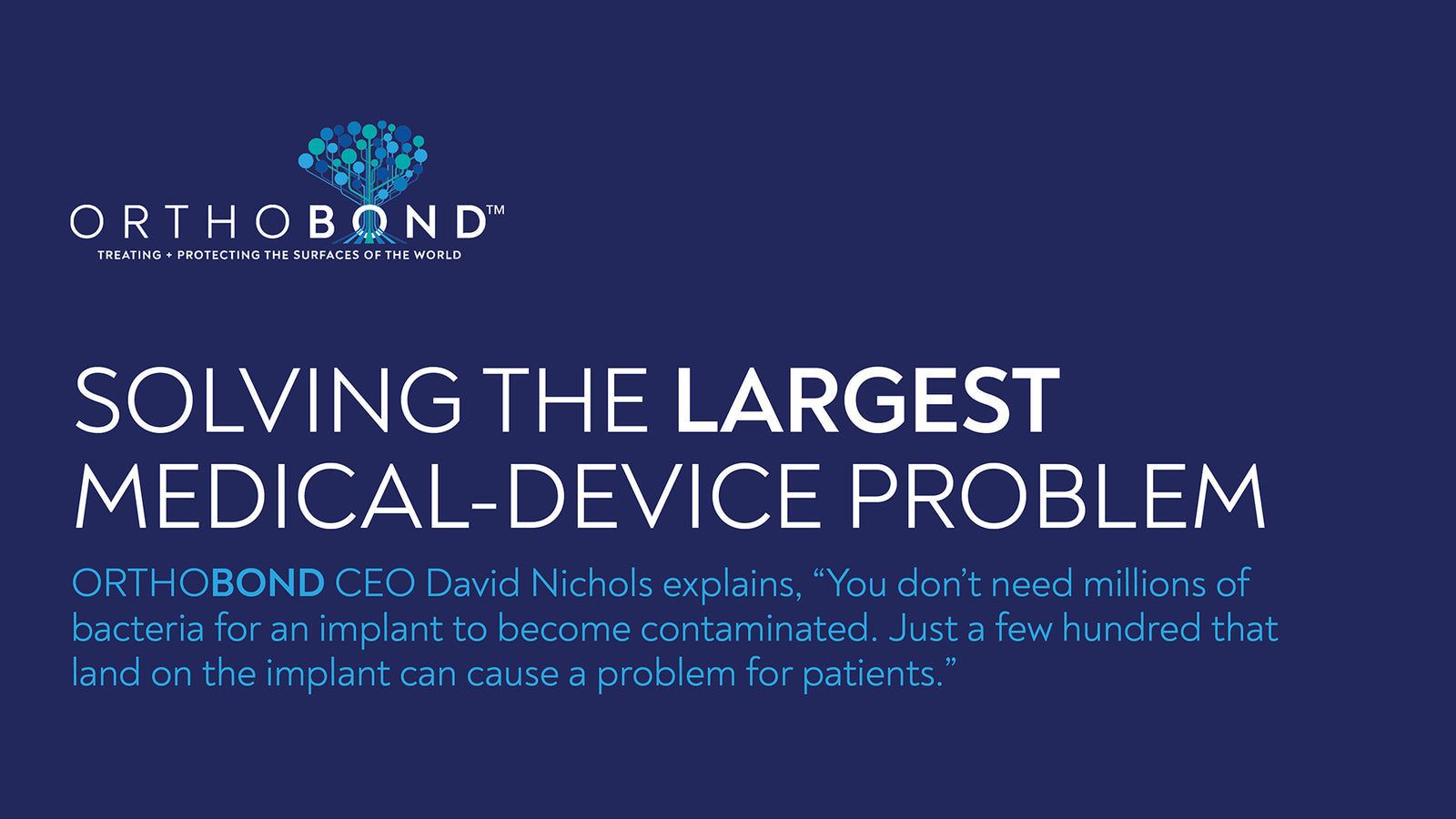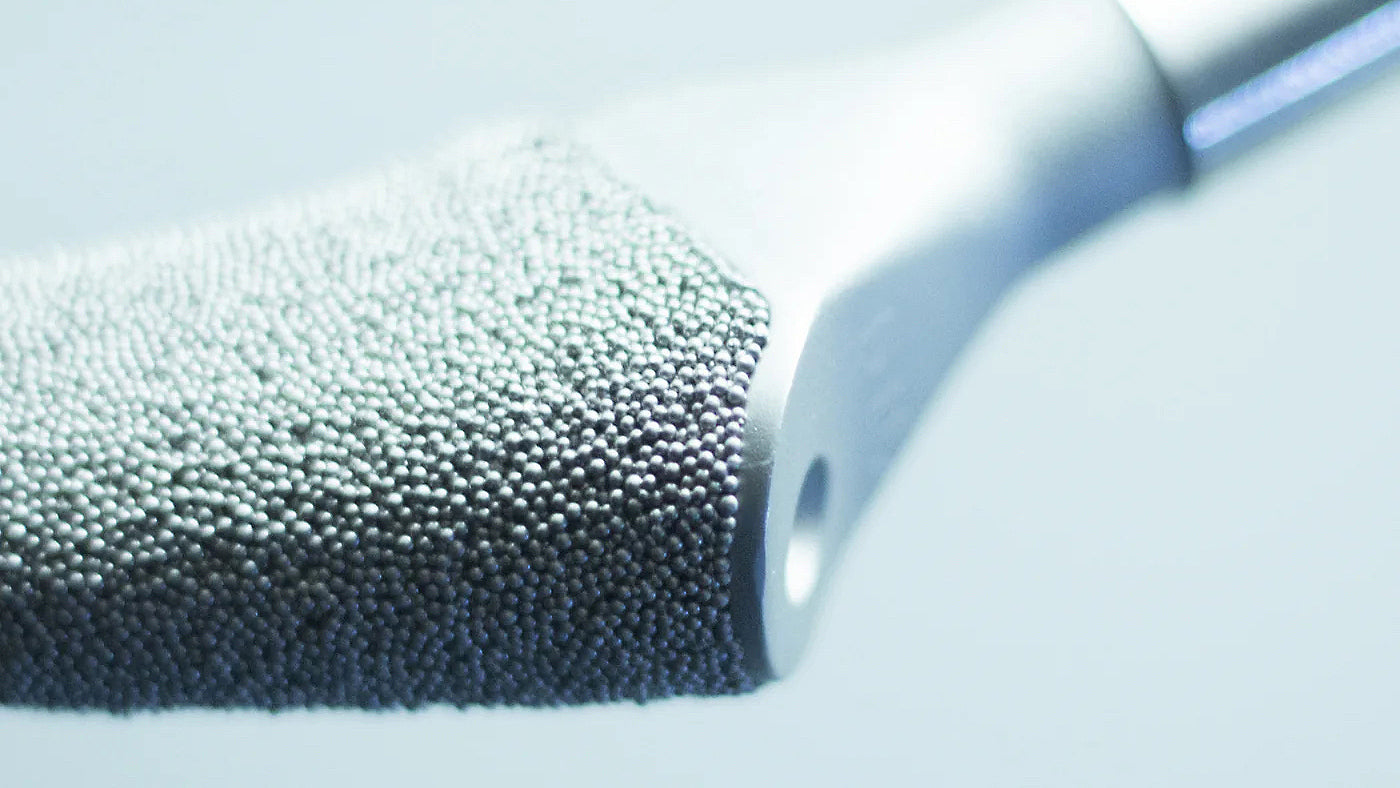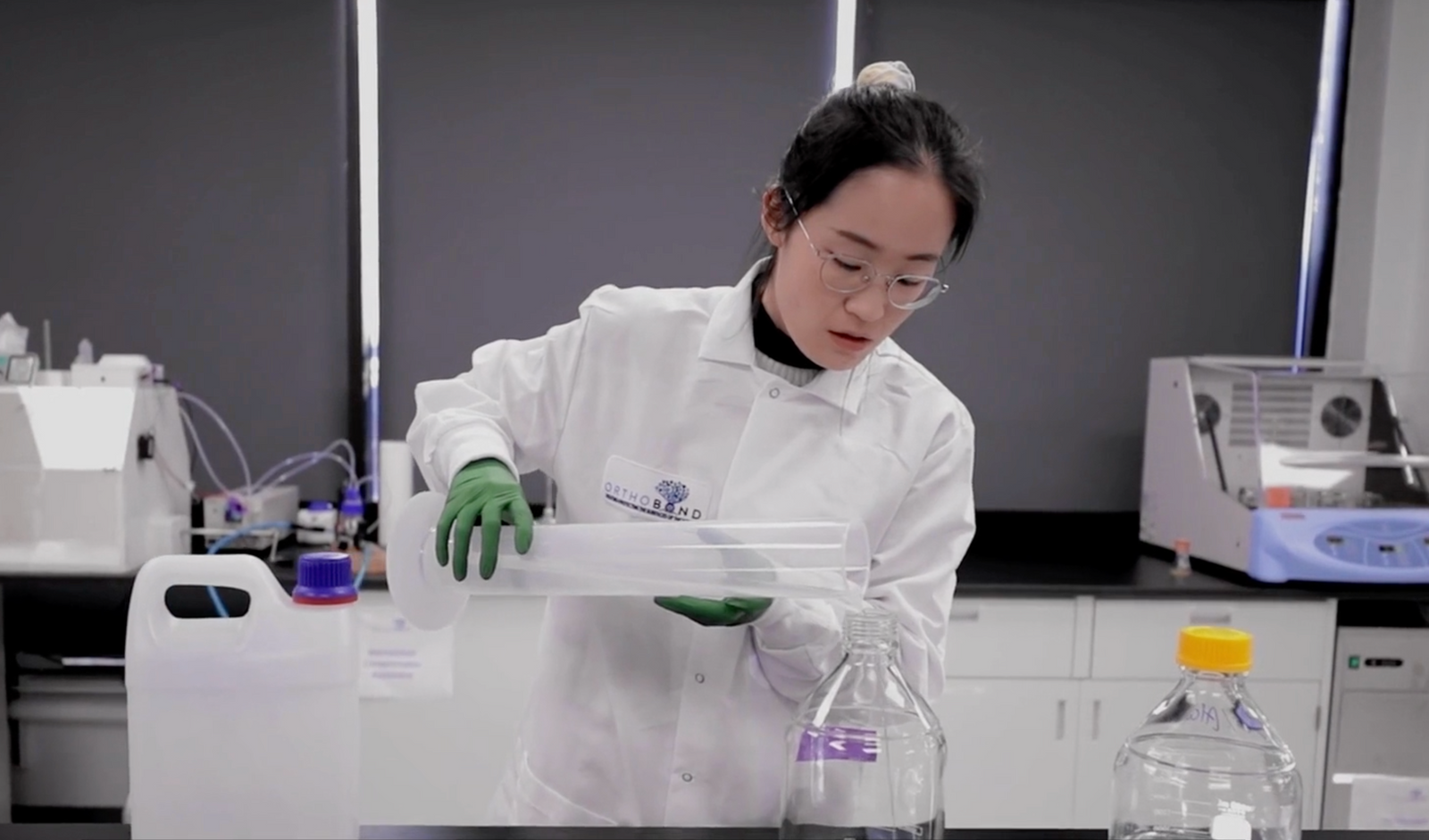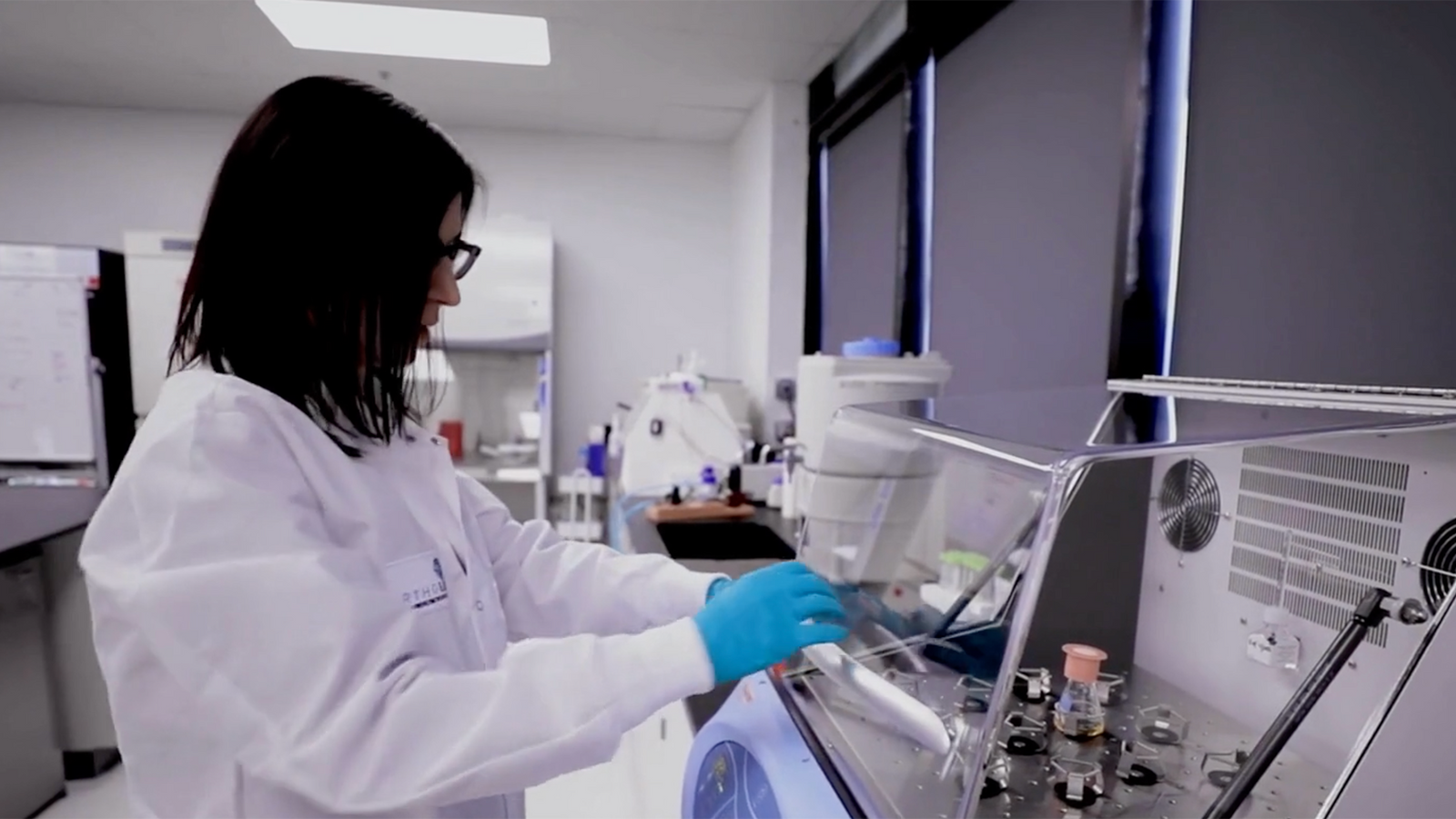News
Since being awarded FDA De Novoclearancelast year,Orthobond’sOstaguard™ has been the talk of the orthopedic implant world. The firstOstaguard-treated implants have been manufactured and delivered for use in surgery. In this relativelyshort time,Ostaguard has beenrecognized as a safe, effective way to minimize implant contamination during surgery.Orthobond’s Chief Scientific Officer Jordan Katz, Ph.D.and his teamare working diligentlyexpandingtechnology applications beyond orthopedic implants and introduceOstaguard to the larger medical field.He’svery excited about the concept of deep brain stimulation, which shows promise for degenerative neurological disorders like Parkinson’s disease. “Since these devices have leads that go directly into the brain, the mortality rate isvery high when they become contaminated.There’sdefinitely a need there.”
- by Orthobond Blog
- February 04, 2025
- 2 min read
- by Orthobond Blog
- December 05, 2024
- 3 min read
- by Orthobond Blog
- November 25, 2024
- 2 min read
Solving the largest medical-device problem. There’s no question that device contamination and failure can lead to a host of health complications for the patient, as well as the potential need for additional surgery and financial expenditure. In fact, implant-related infections, implant failure and revisional cost patients $8.6 billion every year
- by Orthobond Blog
- October 01, 2024
- 3 min read
- by Orthobond Blog
- June 04, 2024
- 2 min read




